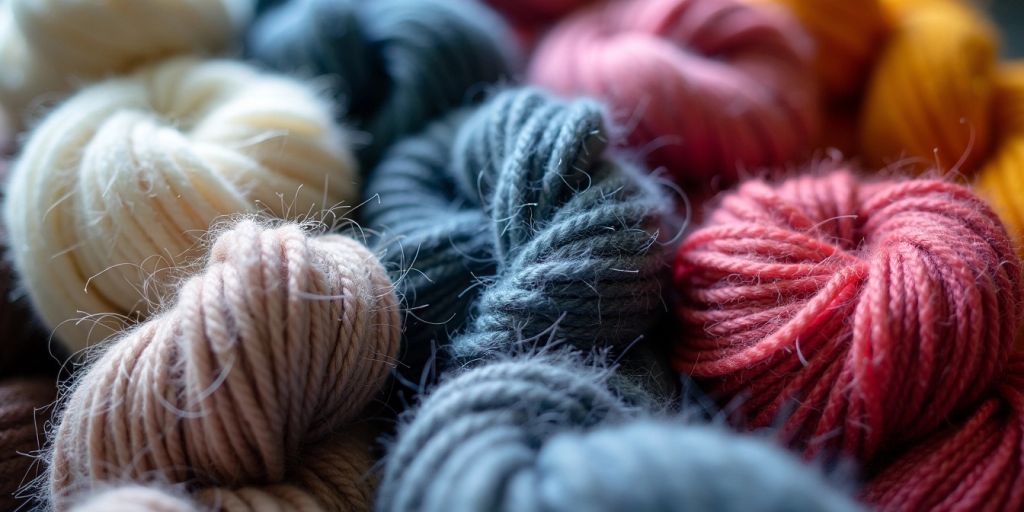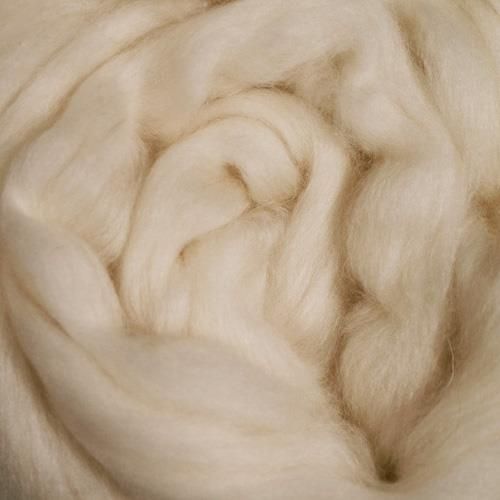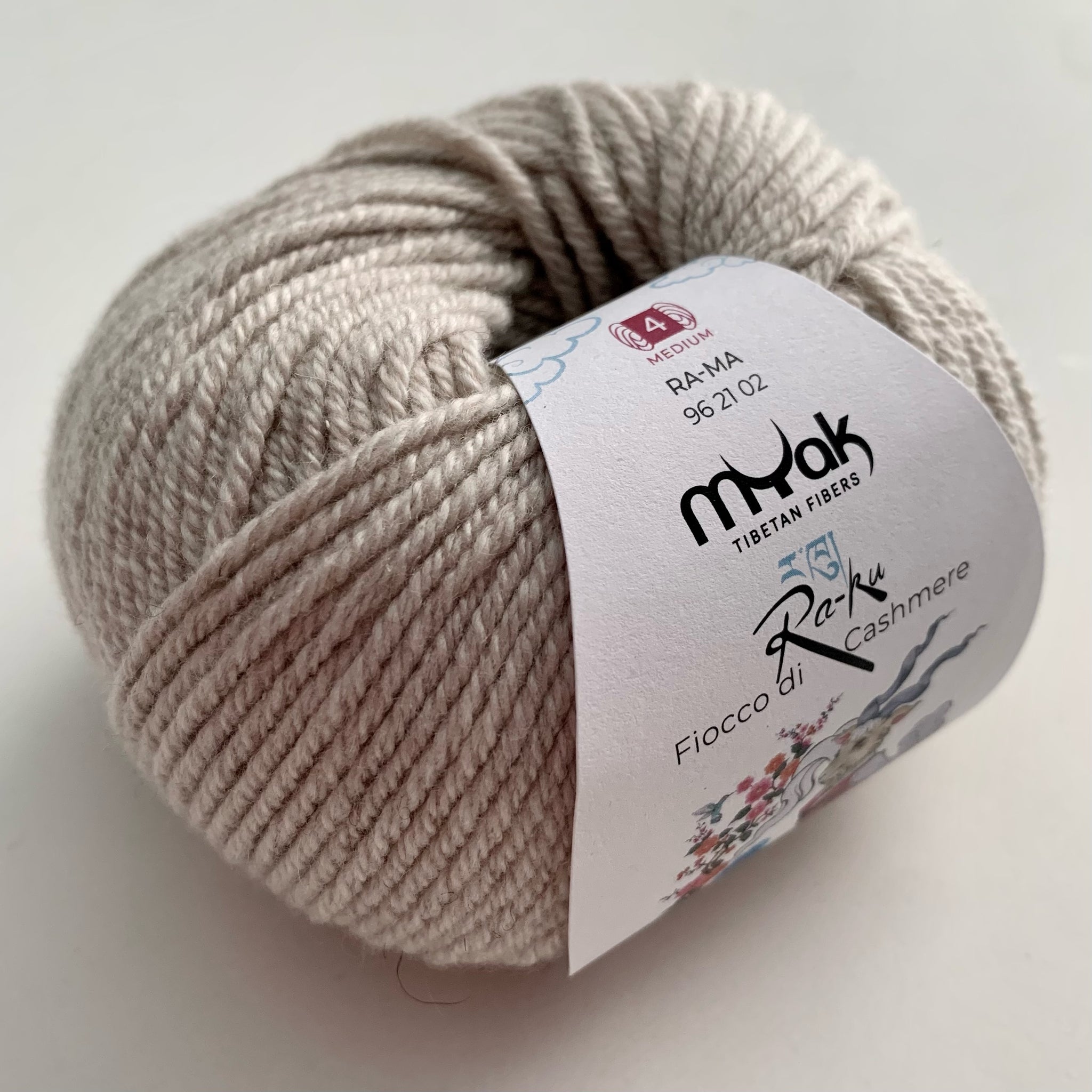Is Cashmere a Natural Fiber? Exploring Its Organic Origins and Uses
Is Cashmere a Natural Fiber? Exploring Its Organic Origins and Uses
Blog Article
Reasons You Need To Require Cashmere a Natural Fiber for Convenience and Sophistication in Everyday Use
In the world of fabrics, few fibers equal the high-end and convenience of cashmere. Exactly how can one best use cashmere to boost their style? These fascinating concerns lay the structure for an enlightening exploration into the world of cashmere. cashmere fibre.
Understanding the Lavish Nature of Cashmere

Assessing the Comfort Element of Cashmere Attire
What top qualities underscore the comfort element of cashmere garments? The soft qualities of cashmere is the first quality to take into consideration. Its deluxe appearance makes it really feel like a 2nd skin, supplying warmth without the weight or itchiness connected with other woollen products. Cashmere's one-of-a-kind fiber framework permits for breathability, controling temperature level and avoiding overheating. The material's versatility and sturdiness make sure that it molds against the body easily, preserving its shape over time. Cashmere's hypoallergenic properties also add to its convenience, making it an excellent choice for sensitive skin. Finally, the ability to layer cashmere pieces without thickness heightens the comfort variable. Essentially, the convenience of cashmere is originated from its gentleness, breathability, longevity, hypoallergenic nature, and versatility.

The Environmental Impact and Sustainability of Cashmere
While the comfort and elegance of cashmere are certainly attractive, it's just as vital to consider its partnership with the setting. Cashmere manufacturing, mainly in Mongolia and China, includes raising cashmere goats, which can dramatically stress vulnerable meadow ecosystems because of overgrazing. This can cause desertification, a pressing environmental issue. The handling of cashmere, involving cleaning and dyeing, can likewise contribute to water contamination if not appropriately taken care of. Efforts are being made to develop lasting cashmere manufacturing methods, such as rotational grazing and cleaner processing techniques. Therefore, while cashmere has environmental impacts, its sustainability largely depends on manufacturing methods.
Comparing Cashmere to Synthetic Fibers: A Cost-Benefit Evaluation
Regardless of its environmental difficulties, cashmere offers a special collection of advantages over synthetic fibers. Cashmere's natural fibers offer unequaled softness and heat, converting right into convenience that you could try these out artificial fibers struggle to match. Unlike synthetic fibers, my website cashmere does not add to microplastic contamination, making it a much more sustainable choice.
Styling Tips With Cashmere for Everyday Elegance
Having taken into consideration the cost-benefit analysis of cashmere compared to synthetic fibers, it becomes clear why this lavish product is a preferred option for numerous. When styling cashmere for day-to-day sophistication, simpleness is essential. Eventually, the inherent style of cashmere makes it a functional enhancement to any kind of wardrobe, easily improving daily outfits with a touch of deluxe.

Conclusion
In recap, the amazing buildings of cashmere make it an important addition to any kind of closet. Its lavish feeling, versatility, breathability, and convenience to varying temperature levels are unmatched. Additionally, cashmere's sustainability and reduced environmental impact contrasted to artificial fibers additionally improve its appeal. The timeless sophistication of cashmere, incorporated with its flexibility, adds refinement to daily wear. For that reason, buying cashmere garments is a worthwhile decision for convenience, style, and sustainability.

Report this page